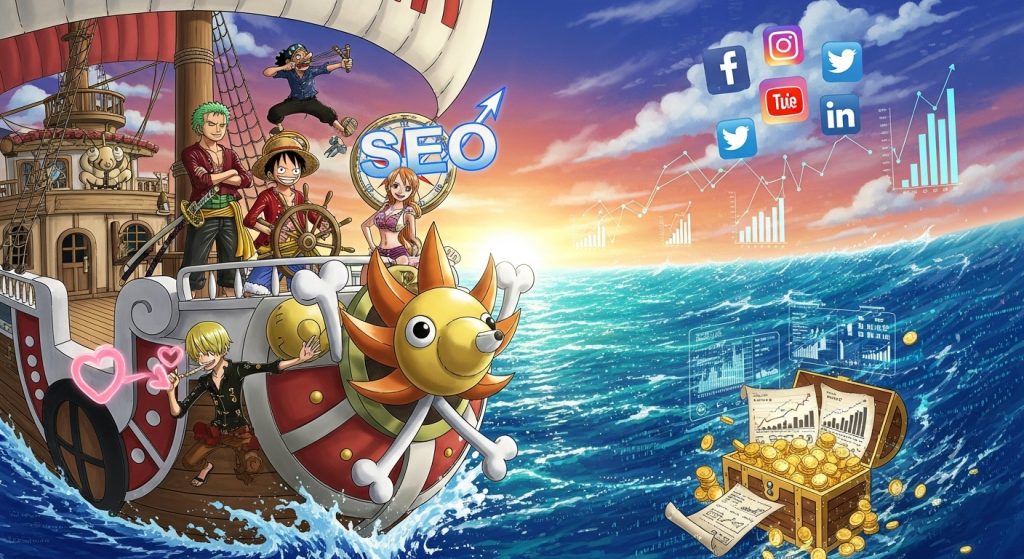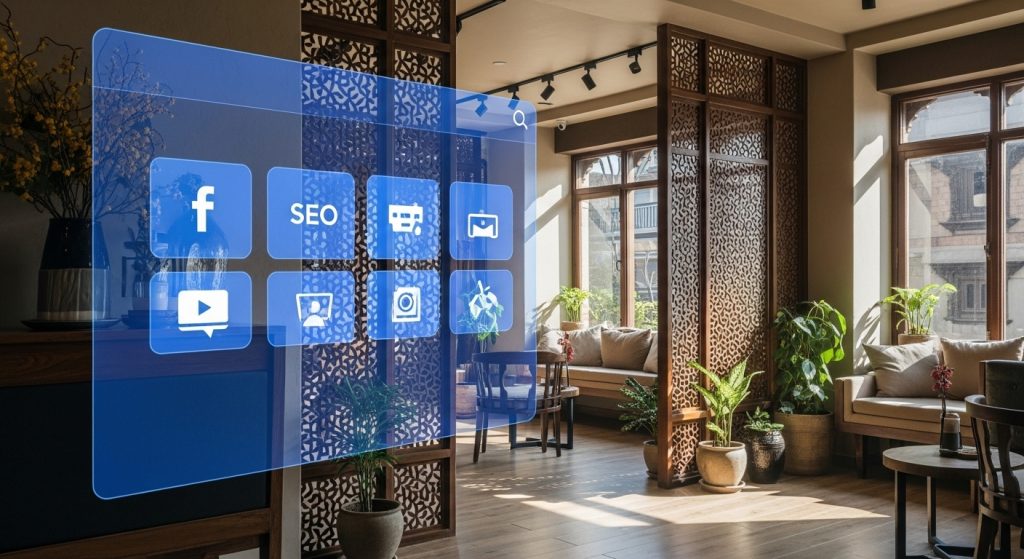In the vast ocean of digital content, a compelling Call to Action (CTA) is the lighthouse that guides your audience towards their next step, transforming passive readers into active participants, and ultimately, into valuable customers. A well-crafted CTA is not just a button or a link; it’s a strategic invitation, a clear directive that motivates your audience to take a specific, desired action. Without effective CTAs, even the most brilliant content can fall flat, failing to convert interest into tangible results. This guide will delve into the art and science of crafting compelling CTAs for higher conversions across all your digital marketing efforts.
The primary purpose of a CTA is to tell your audience exactly what you want them to do next. This might seem obvious, but many CTAs are vague or buried within content. Clarity is paramount. Use strong, action-oriented verbs that leave no room for ambiguity. Instead of “Click Here,” consider “Download Your Free E-book,” “Get Your Quote Now,” or “Start Your Free Trial.” The more specific your CTA, the more likely your audience is to understand and respond to it. Think about the immediate benefit the user will receive by clicking your CTA.
Placement matters significantly. Your CTA should be prominently displayed and easy to find. For blog posts, consider placing CTAs within the content, at the end of the post, and even in a sidebar or pop-up. For landing pages, the CTA should be above the fold and stand out visually. On product pages, the “Add to Cart” button is the ultimate CTA and should be impossible to miss. The goal is to make it effortless for your audience to take the desired action. Don’t make them search for it; guide them directly to it.
Visual design plays a crucial role in making your CTA stand out. Use contrasting colors that make your CTA button or link pop against the background of your page. Ensure the button size is appropriate and easily clickable on both desktop and mobile devices. Use white space around your CTA to draw attention to it and prevent it from getting lost in surrounding content. While creativity is good, ensure your design doesn’t compromise clarity or usability. The visual appeal should enhance, not detract from, the CTA’s message.
The language you use in your CTA and its surrounding text can significantly impact its effectiveness. Create a sense of urgency or scarcity when appropriate, using phrases like “Limited Time Offer,” “Only 3 Left,” or “Ends Soon.” Highlight the value proposition and benefits of taking action. Instead of “Submit,” try “Get My Instant Access” or “Unlock Exclusive Content.” Address potential objections or fears. For example, “No Credit Card Required” can alleviate concerns for a free trial. Personalize your CTAs where possible, using dynamic text that incorporates the user’s name or relevant data.
Testing and optimization are non-negotiable for improving CTA performance. A/B test different elements of your CTAs to see what resonates best with your audience. Experiment with:
- CTA text: “Learn More” vs. “Discover Our Solutions”
- Button color: Red vs. Green vs. Blue
- Placement: Top of page vs. Middle vs. Bottom
- Size and shape: Larger vs. Smaller, Rounded vs. Square
- Surrounding copy: Different headlines or benefit statements
Analyze your click-through rates (CTR) and conversion rates to identify winning variations. Continuously iterate and refine your CTAs based on data insights. What works for one audience or campaign might not work for another, so ongoing testing is crucial.
Consider the user’s journey and the context of the CTA. A CTA at the top of a blog post might be “Read More,” while a CTA at the end might be “Subscribe to Our Newsletter” or “Explore Our Products.” The CTA should align with where the user is in their decision-making process. Don’t ask for a purchase if they’re still in the awareness stage. Guide them naturally through the sales funnel with appropriate CTAs at each step. A well-placed, contextually relevant CTA feels like a helpful next step, not a pushy sales tactic.
Finally, ensure your landing page or destination matches the promise of your CTA. If your CTA says “Download Your Free E-book,” the user should land directly on a page where they can download the e-book, not a generic homepage. A disconnect between the CTA and the landing page creates a poor user experience and leads to high bounce rates. By focusing on clarity, strategic placement, compelling design, persuasive language, continuous testing, and contextual relevance, you can master the art of crafting compelling Calls to Action that significantly boost your conversion rates and drive your digital marketing success.
📚 For more insights, check out our comprehensive digital marketing guide.


